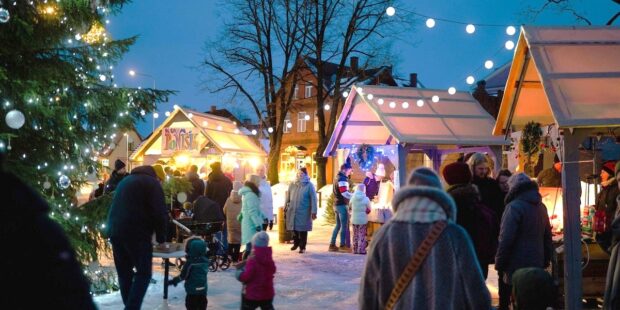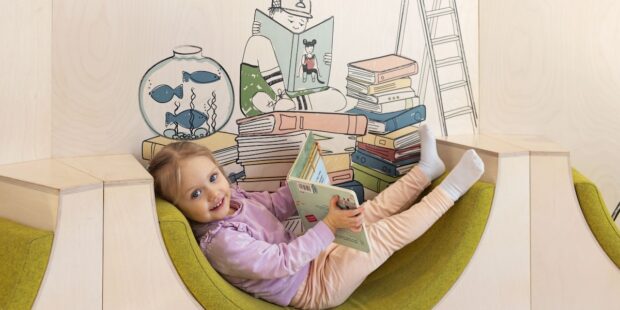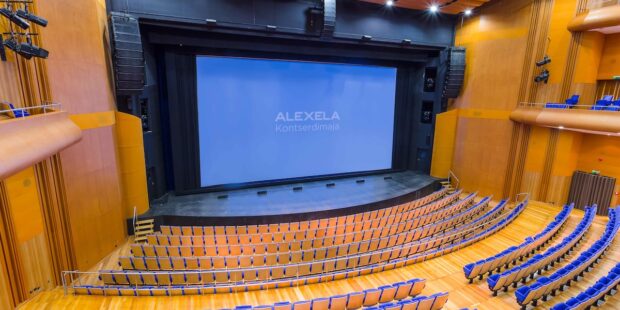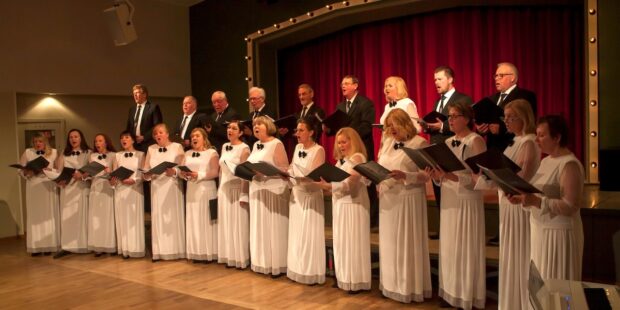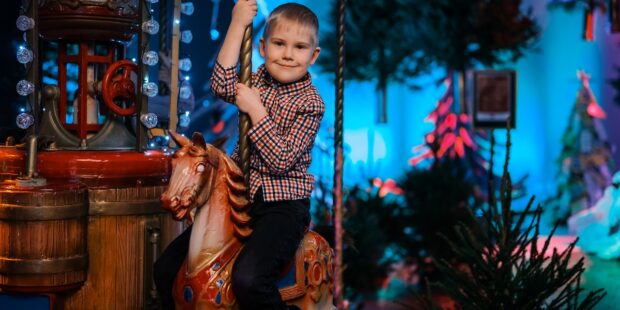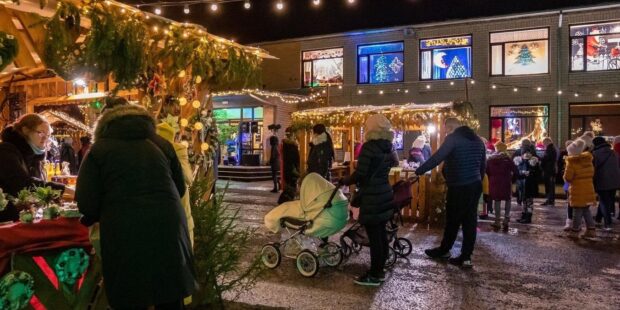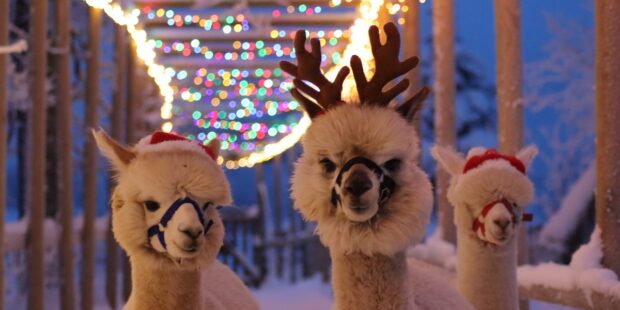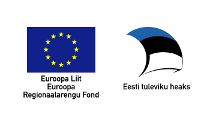Three Female Artists at Kumu
Text Susanna Poikela Photos Art Museum of Estonia
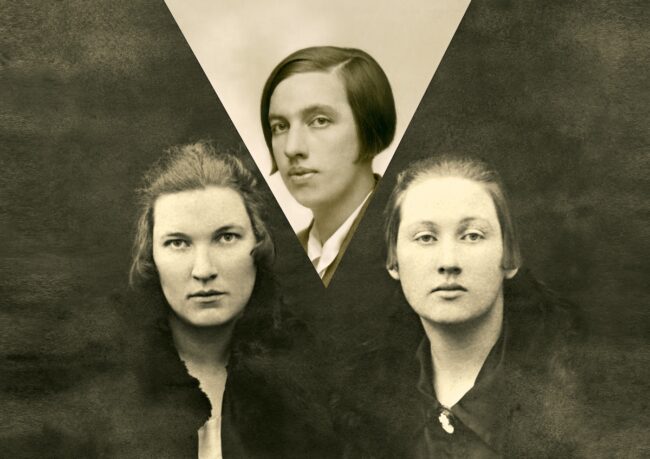 Photo collage: Sisters Lydia and Kristine Mei. 1916‒1918; Natalie Mei. 1931. Art Museum of Estonia
Photo collage: Sisters Lydia and Kristine Mei. 1916‒1918; Natalie Mei. 1931. Art Museum of Estonia
The exhibition The Mei Sisters: Avant-Garde and the Everyday Life will open at the Kumu Art Museum in Tallinn on Friday, 14 March. The exhibition presents unique works by three Estonian sisters, all artists, from the early 20th century. The curators of the exhibition are Kai Stahl, Eha Komissarov, and Ulrika Jõemägi.
The three daughters of a sailor from Hiiumaa, Kristine Mei (1895–1969), Lydia Mei (1896–1965), and Natalie Mei (1900–1975), entered the Estonian art scene at the Pallas Art Society’s spring exhibition in 1919. The eldest sister, Kristine, was the first Estonian to graduate from the Finnish Art Society’s Drawing School as a sculptor. Lydia, a year younger, studied architecture for three years in St. Petersburg in the highest architecture courses for women, and at the Polytechnic Institute. She worked mainly with watercolours.
Natalie, the youngest of the siblings and the most well-known as an artist, graduated from the Pallas Art School as the first female student in 1924. Five years later, she started as a costume designer at the Estonia Theatre, raising Estonian scenography to a new level.
“Kristine, Lydia, and Natalie directly and immediately reflected on their time without succumbing to stereotypes. They used avant-garde perspectives, which are less common among female artists, started a dialogue with the classics of art history, and worked with a new image of women and the self-image of female artists. The Mei sisters definitely deserve their place among the stars of Estonian modernism,” says exhibition curator Kai Stahl.
The exhibition features drawings, watercolours, figure sculptures, collages, and everyday objects created by the sisters over the course of more than half a century. The artists’ backgrounds are revealed through a rich selection of photographs and additional materials. A significant part of their several hundred artworks is on display for the first time, including handmade books that the sisters created using pseudonyms. The exhibition also features a selection of works by their contemporaries from Estonia and Finland, including works by Karin Luts, Peet Aren, Eduard Wiiralt, Albin Kaasinen, and Marita Walldén.
During the opening programme on Saturday, 15 March, everyone is invited to create still lifes with oil pastels, and at 14:00 a curatorial tour will begin, during which Kai Stahl and Ulrika Jõemägi will tell you more about the exhibition and the artist sisters.
The museum shop offers Kai Stahl’s Finnish-language doctoral dissertation from the University of Turku about Natalie Mei and her earlier work, as well as the Estonian-language work, Neiud kui Lutsud, recently published by the Estonian Literature Museum, which has collected letters sent by Natalie Mei to Karin Luts in the 1920s.
The exhibition The Mei Sisters: Avant-Garde and the Everyday Life is open on the third floor of the Kumu Art Museum until 31 August, 2025.
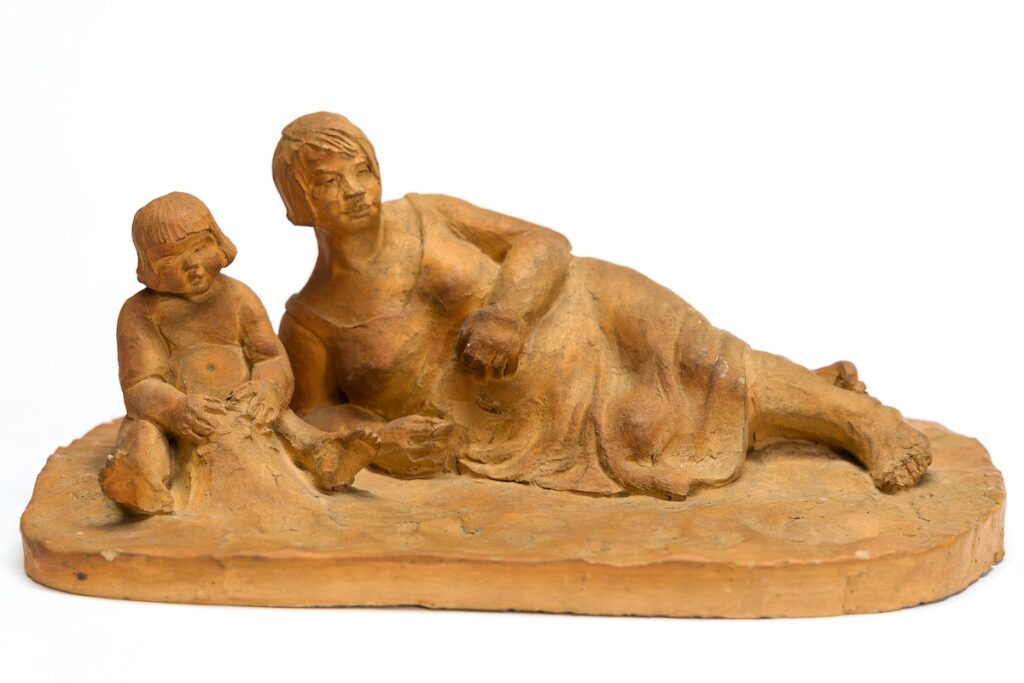
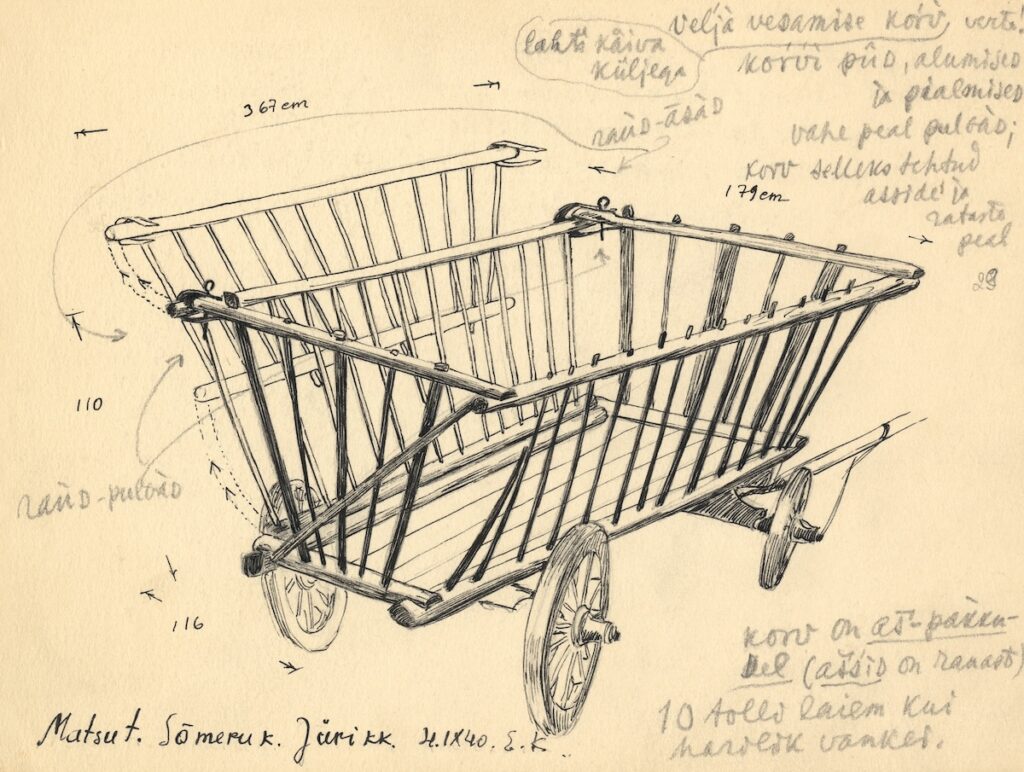
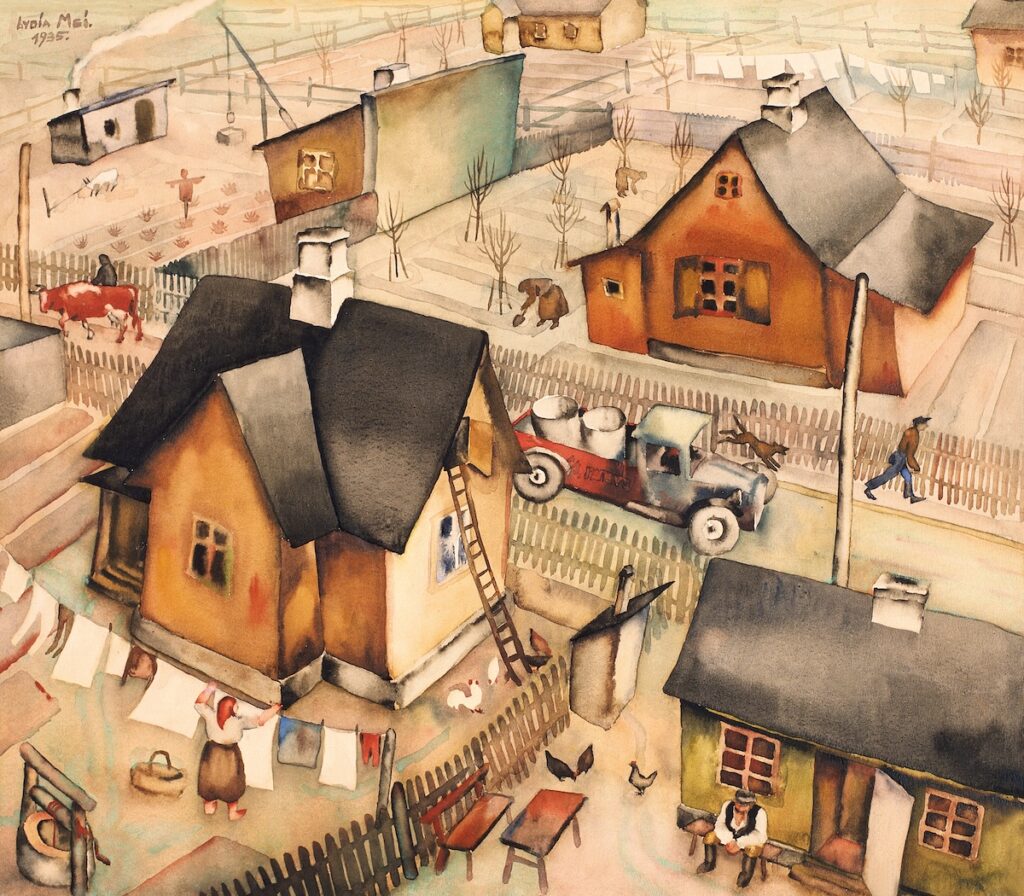
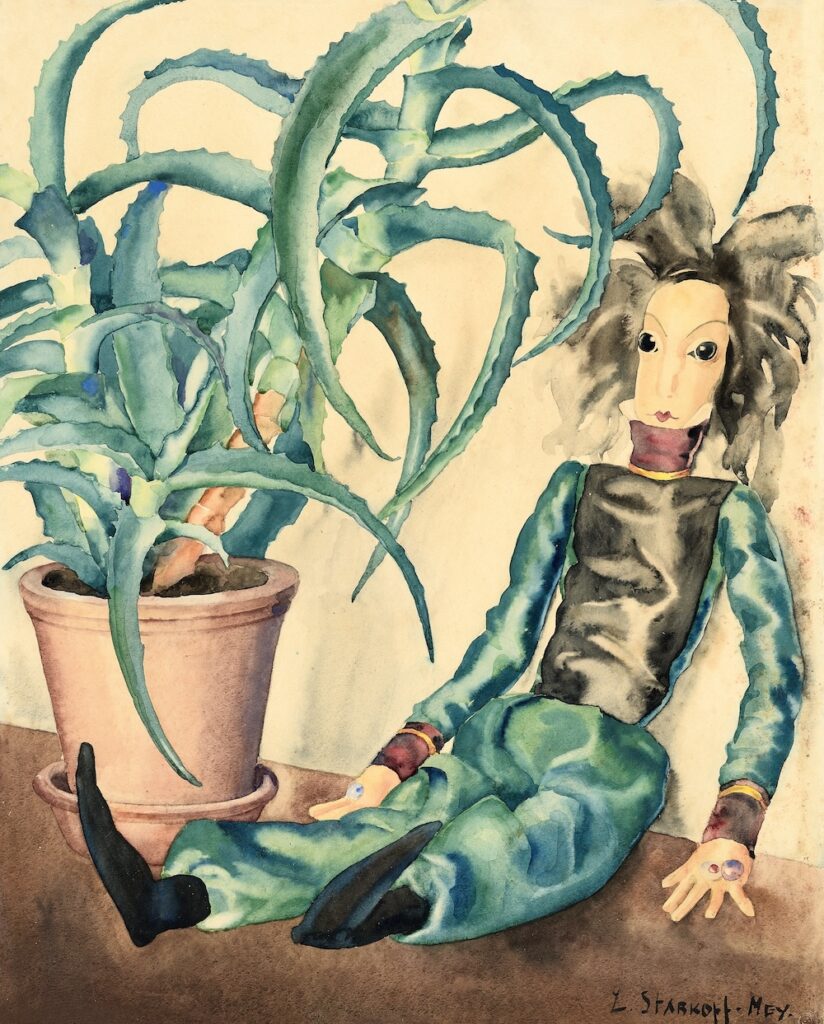
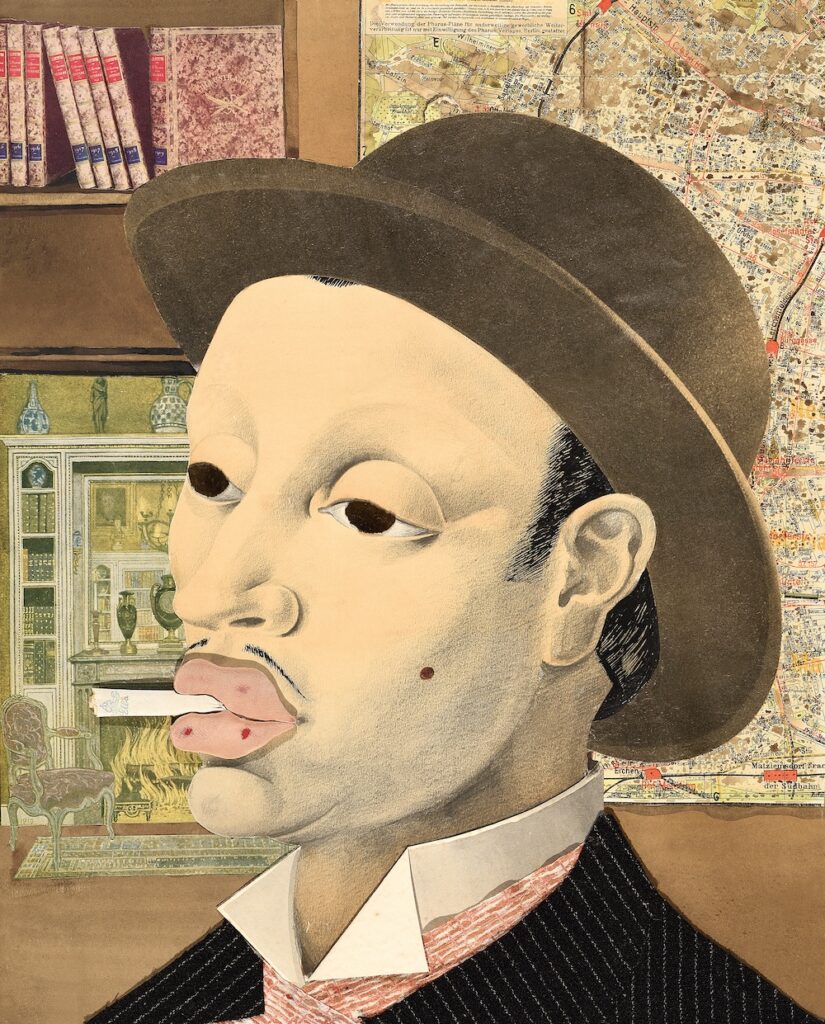
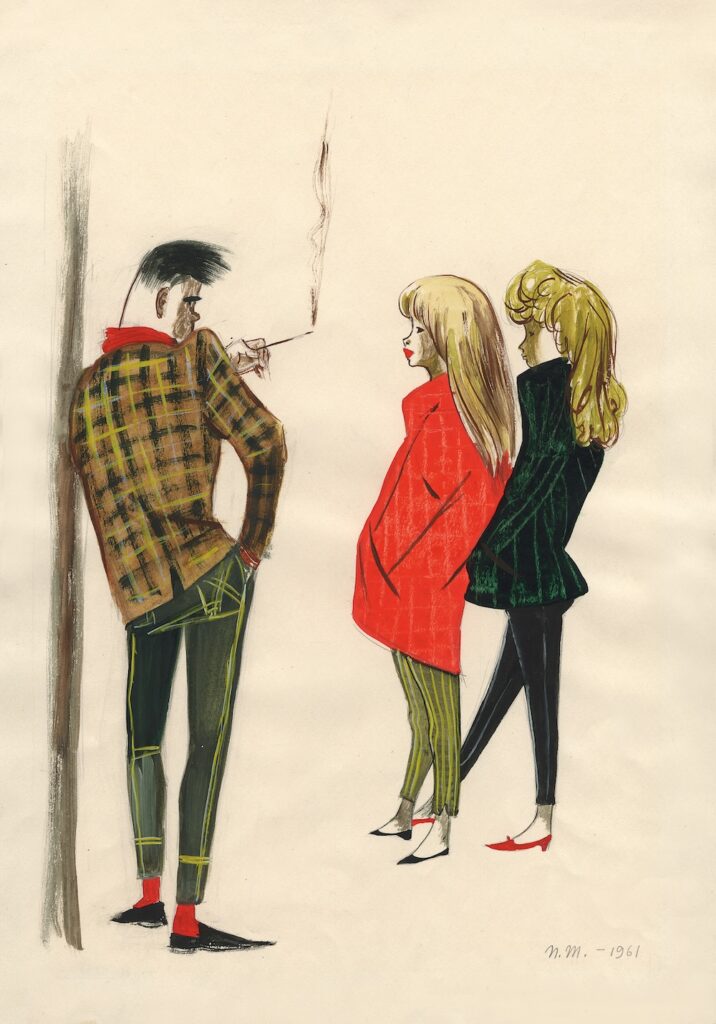
To learn more about this and similar topicsArt Exhibitions Estonian female artists Exhibitions Kristine Mei Lydia Mei modernism Natalie Mei

